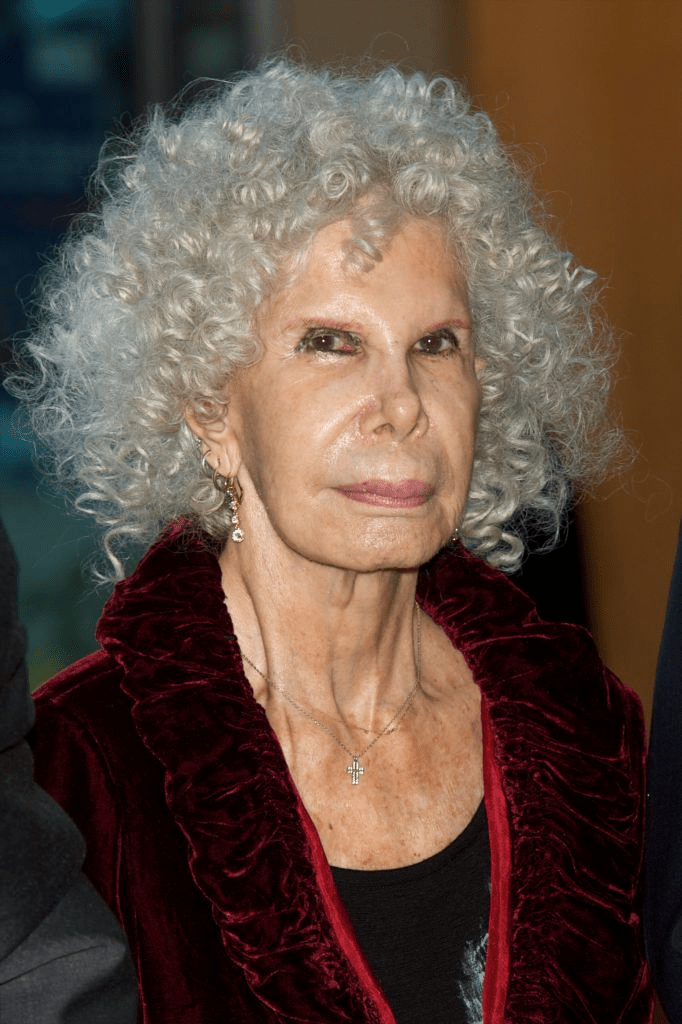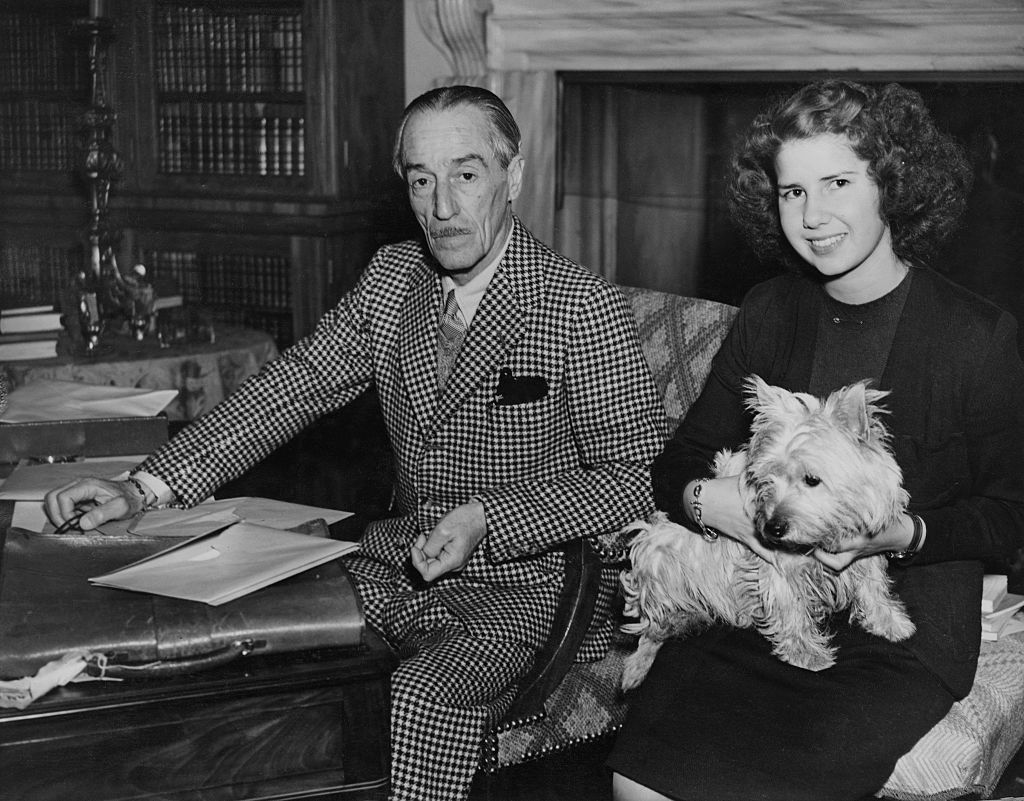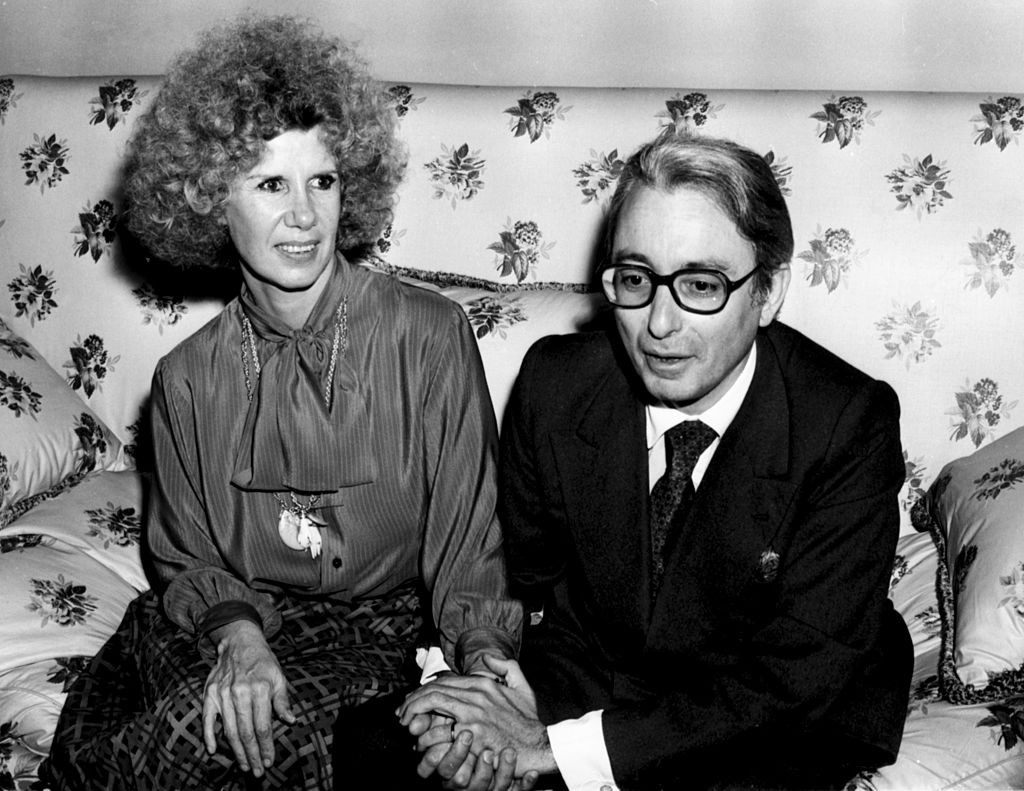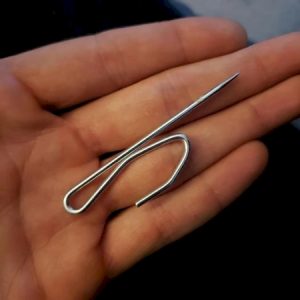From her early years in aristocracy to her headline-making marriages and high-society escapades, Cayetana Fitz-James Stuart, the Duchess of Alba, led a life that fascinated and stunned the world. Known for her unapologetic lifestyle, Cayetana was a woman who lived by her own rules, a rarity in the conservative realms of Spanish nobility. Her legacy isn’t just about her wealth or high-profile connections but her relentless pursuit of a life on her own terms.
Born into privilege, Cayetana’s childhood was marked by personal tragedy and political turmoil. When her mother passed away from tuberculosis, her father, deeply devoted to her, became her closest confidant. Her formative years coincided with a turbulent era in Spanish history. In 1931, Spain declared itself a democratic republic, and the royal family fled the country. Like many aristocrats, Cayetana’s father sought refuge abroad, and the two moved to France. But despite the elegant Parisian life surrounding her, Cayetana found no sense of belonging in France. Relief came when they relocated to London, where she blossomed both academically and socially.
London opened doors that would forever shape her life. Here, she developed friendships with influential figures, including Queen Elizabeth II and Princess Margaret. Notably, she bonded with Margaret over their shared rebellious spirits, a quality that would later earn Cayetana a reputation for defying the social norms of her class. Fluent in multiple languages, she maneuvered through elite circles, establishing herself as a dynamic figure in both British and Spanish aristocracy.

In 1947, at the age of 21, Cayetana married Pedro Luis Martínez de Irujo, the son of another distinguished Spanish family. The wedding was a lavish spectacle, reportedly costing the equivalent of $10 million in today’s terms, attracting international media coverage. It was a fairy-tale wedding followed by a six-month honeymoon across Hollywood, where Cayetana mingled with stars like Bing Crosby, Walt Disney, and Charlie Chaplin. This chapter of her life brought her to the center of global attention, a status she would maintain for decades.
Cayetana’s life, however, was more than a series of glamorous appearances. In Seville, she and Jacqueline Kennedy attended a Red Cross benefit at the iconic Casa de Pilatos in 1966, highlighting her philanthropic side. Yet, Cayetana was equally known for her private struggles. After bearing six children with her first husband, Pedro, she experienced profound loss when he passed away at the age of 53. Her grief, however, did not deter her from pursuing happiness again, even when it meant scandalizing her peers.

In 1978, she married Jesús Aguirre, a former Jesuit priest and intellectual eleven years her junior. Aguirre’s reputation as a “toyboy” and “gold-digger” invited intense criticism, but Cayetana defended their bond, calling it one of the happiest periods of her life. Her marriage to Aguirre challenged societal expectations, further solidifying her image as an unconventional duchess.
Despite Aguirre’s death in 2001, Cayetana’s zest for life remained unquenched. In 2011, at the age of 85, she made headlines once again by marrying Alfonso Diez Carabantes, a civil servant 25 years her junior. Even Spain’s King expressed disapproval, labeling Diez a “gold-digger.” Nevertheless, Cayetana proceeded, ensuring her children’s inheritance beforehand and securing an agreement from Diez that he would never lay claim to her fortune.

Throughout her life, Cayetana embodied a fearless spirit. Known for her numerous cosmetic procedures, she openly defied the natural aging process. Although her transformations attracted public scorn, she remained unbothered, never confirming the surgeries and brushing off the criticism. Her defiance extended to her striking white hair, a testament to her unfiltered authenticity.
Cayetana passed away in 2014 at the age of 88, leaving behind an unparalleled legacy. Her life was a blend of privilege, tragedy, defiance, and passion—a life lived unapologetically, inspiring generations with her resilience and boldness. She was not merely a duchess; she was a symbol of independence and the embodiment of a woman who lived life on her own terms, embracing every opportunity to challenge society’s expectations.



